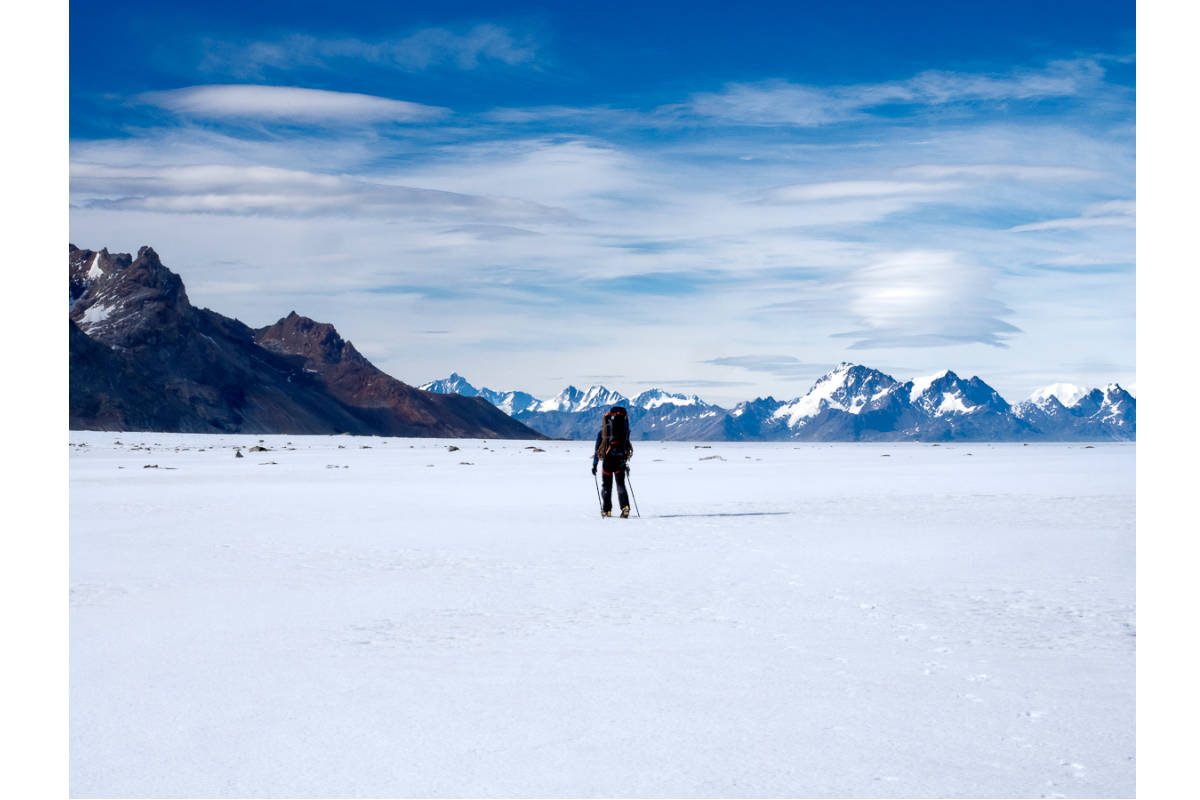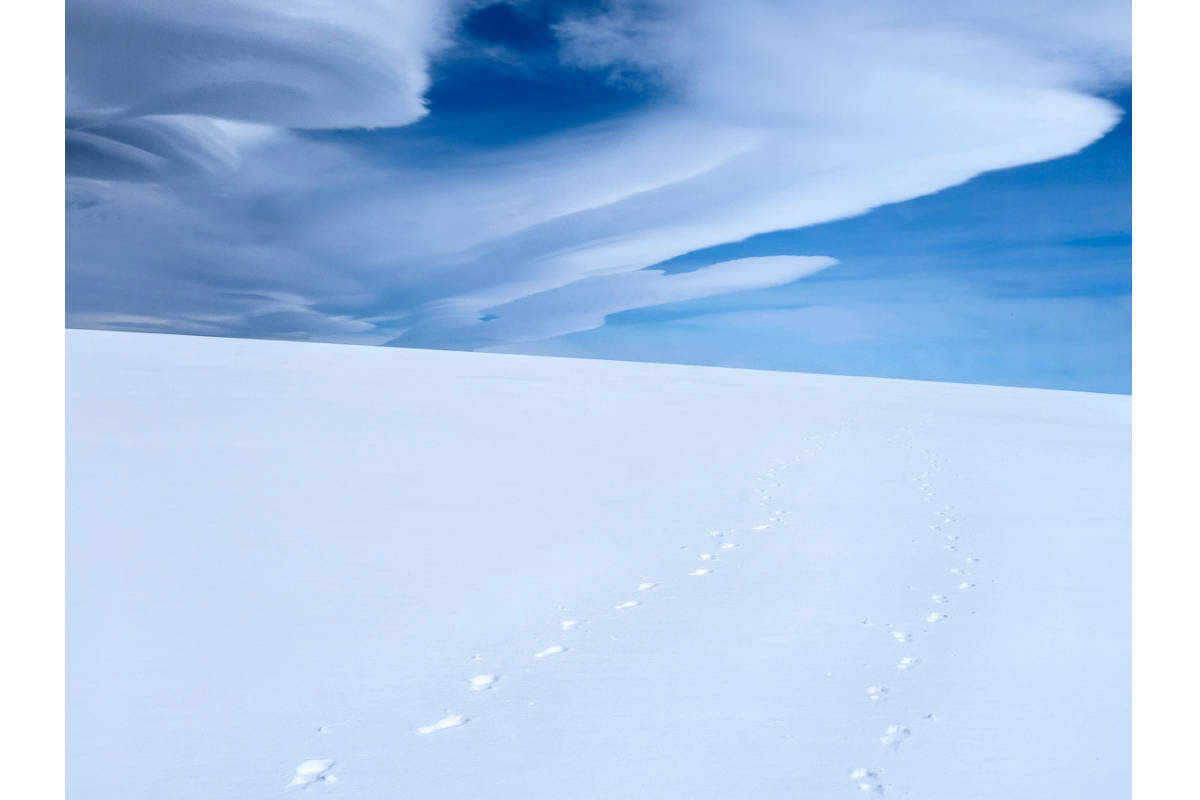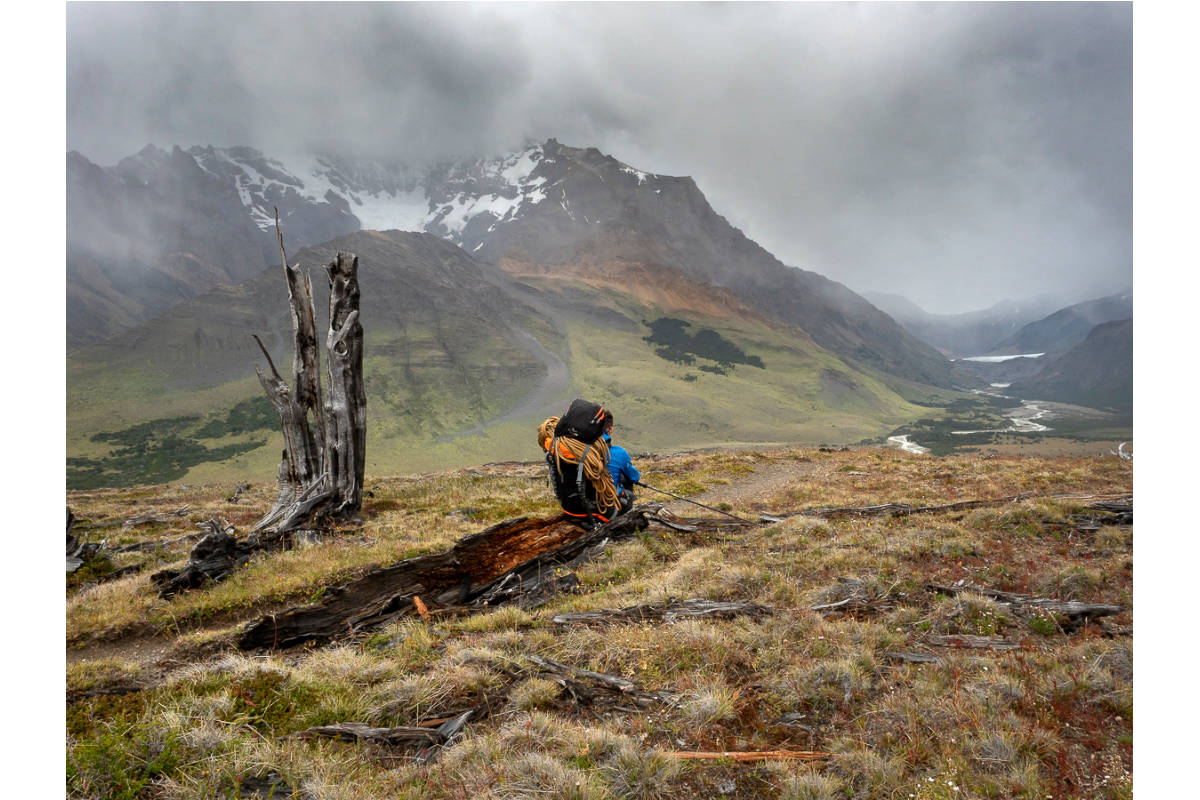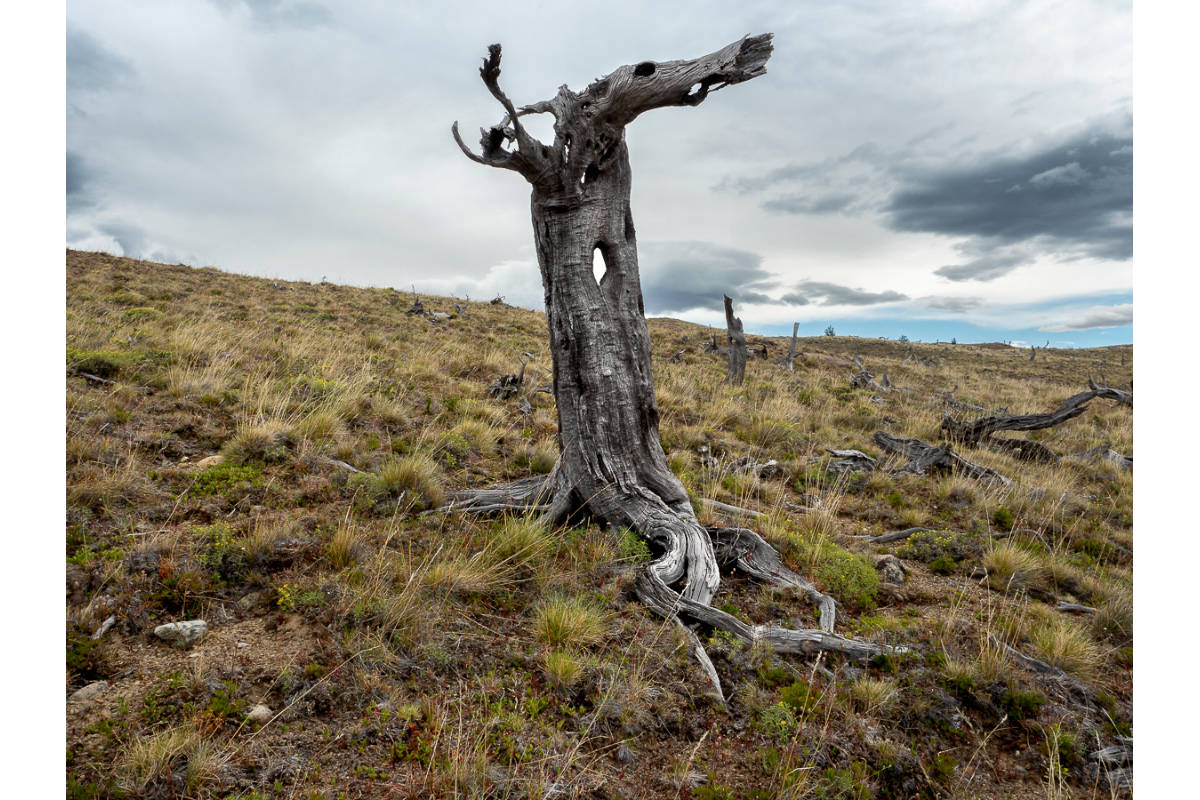
1/26

2/26

3/26

4/26

5/26

6/26

7/26

8/26

9/26

10/26

11/26

12/26

13/26

14/26

15/26

16/26

17/26

18/26

19/26

20/26

21/26

22/26

23/26

24/26

25/26

26/26
Wanderer - Men and mountains
Esistono ancora luoghi veramente selvaggi? Luoghi sconfinati, isolati, elementari, splendidi e feroci, che seguono leggi e ritmi propri, incuranti della presenza umana? E se mai sopravvivono, dove cercarli? Dopo aver fantasticato fin da bambino sui luoghi selvaggi del cinema e della letteratura, Niccolò Aiazzi, fotografo e appassionato alpinista, intraprende una serie di spedizioni alla ricerca della natura selvaggia ancora presente in Africa, negli Stati Uniti, in America Latina, in Nuova Zelanda, ma anche in Europa e in Italia.
E quella che traccia è una mappa che luogo dopo luogo – dalla California al Kilimanjaro, dallo hielo patagonico alle Alpi - si trasforma attraverso la sua macchina fotografica in un vero e proprio percorso di formazione, scandito da incontri, traguardi e a volte qualche cambiamento inaspettato di rotta. Seguendo talvolta le orme e ispirandosi ai grandi maestri dell'arte e della letteratura dell'Ottocento e del primo Novecento, dei grandi «narratori» dell'incanto della natura (da Friedrick a Segantini, da Tolstoj a Jack London, da Hemigway a Krakauer), si avventura in prima persona e traccia un nuovo itinerario fotografico, personale e profondo, in territori di ghiaccio, di terra, di pietra, di legno di acqua e di neve, che scopriamo con lui straordinariamente vivi, sconosciuti e carichi di poesia. Niccolò Aiazzi impara che la natura selvaggia riposa sulle vette estreme come nei boschi dimenticati che costeggiano le mulattiere o tra le colline inselvatichite delle nostre campagne; che il selvaggio è un regno complesso e alle volte terribile, in cui l'uomo è un ospite che dovrebbe entrare "in punta di piedi", con timore misto a deferenza. E tuttavia l'uomo ne è irrimediabilmente attratto e indissolubilmente legato. Perché ogni minimo aspetto di questi luoghi svela corrispondenze segrete tra l'esterno e l'interno, tra l'anima del mondo e il mondo dell'anima.
Vuelta de Hielo
Con il suo ultimo progetto “Vuelta de Hielo”, Niccolò Aiazzi racconta un nuovo episodio del suo tema: “Wanderer - Uomini e luoghi selvaggi”. Un peregrinare tra i ghiacci del Campo de Hielo Patagonico Sur al confine tra Cile e Argentina, e quelli del ben noto Perito Moreno. Questa immensa estensione di ghiacci perenni costituisce la terza calotta glaciale del mondo, dopo l'Antartide e la Groenlandia, ed è la maggiore riserva d'acqua dolce del Sudamerica. Ha una lunghezza di circa 350 km tra le latitudini 48°20' e 51°30' sud e ha una superficie di circa 13.000 km² (circa due volte la Corsica), dei quali il 90% in territorio cileno.
Vedevo la meta difronte a me. Un grosso masso di roccia cremisi si ergeva su un orizzonte bianco, piatto, apparentemente senza alcuna forma e prospettiva. Il cielo plumbeo, sul quale come dipinte si muovevano veloci nubi lenticolari, spezzava la monotonia del paesaggio e tutto intorno era silenzio. Ma più camminavo, più non arrivavo mai.
Ne ho percorso solo una minima parte, dal Passo Marconi al Passo del Viento (circa 45 km di ghiacciao e circa 30 km di avvicinamento su morene, rocce, sentieri). Solo una “vuelta” (giro), come dicono gli argentini. Ne ho percorso abbastanza però da sentire il richiamo della potenza dei luoghi selvaggi. Luoghi talmente distanti dal mio senso comune di bellezza da sbalordirmi, lasciarmi senza respiro, perso in un profondo senso di inrequietezza. Nulla vive qui, ma tutto è vivo. La natura gioca con gli elementi in perenne mutamento. Forse è per questo che mi è concesso solo un momentaneo passaggio. Un'occhiata veloce, quasi a rubarne solo con lo sguardo la sua bellezza incontaminata.
Nel cuore dello hielo, si erge un castello fatto di granito. E' il Circo de Los Altares. Nel mio fantasticare è così chiamato per non scordare che chi governa questi luoghi non è l'uomo. Un altare eretto dalla natura per fare muro tra il suo mondo ed il nostro. Un monito per noi uomini, viaggiatori, ladri di una bellezza proibita, che passando per questi cancelli - come Ulisse attraverso le Colonne d'Ercole -, ci ricordiamo che siamo solo di passaggio su questa terra, mentre lei è sempre stata qui. In perenne evoluzione muterà, anche a causa nostra, ma sempre esisterà.
Wanderer: Men and wilderness
Do wilderness still exist nowadays? And if they ever survive, where to find them?
After having fantasized since childhood on wild places of cinema and literature - limitless, isolated, elementary, splendid and ferocious places, following their own laws and rhythms, regardless of human presence - Niccolò Aiazzi became a passionate mountaineer, photographer and video-maker, undertaking a series of expeditions in Africa, in the United States, in Latin America, in New Zealand, but also in Europe and Italy.
Drawing inspiration from the great masters of art and literature of the nineteenth and early twentieth centuries, the great "story-tellers" of the enchantment of nature (among others, Friedrick, Segantini, Tolstoy, Jack London, Hemingway, Krakauer), Niccolò Aiazzi tried to follow a personal and profound photographic itinerary, in territories made of ice, stone, wood, water and snow, which he discovered extraordinarily alive, unknown and full of poetry.
Through the lens of his camera, Niccolò Aiazzi tracked a map - from California to Kilimanjaro, from the Caucasus to the Alps - which represents also an existential path. Because every single aspect of these places reveals secret correspondences between outward appearance and inner spaces, between the soul of the world and the world of the soul. He found out that wild nature rests on the extreme peaks of remote mountains as in the forgotten woods right at cities' edges. Is a complex and sometimes terrible kingdom, where mankind is a guest who should enter "on tiptoe", fearful and deferent. And yet man is inextricably linked and irremediably attracted to it.
Vuelta de Hielo
With his latest project "Vuelta de Hielo", Niccolò Aiazzi tells a new episode of his theme: "Wanderer - Men and wilderness". A trip between the ice of the Campo de Hielo Patagonico Sur on the border between Chile and Argentina, and those of the well-known Perito Moreno. This huge field of perennial ice is the third ice cap in the world, after Antarctica and Greenland, and it is the largest freshwater reserve in South America. It has a length of about 350 km between the latitudes 48 ° 20 'and 51 ° 30' south and has an area of about 13,000 km² (about twice the Corsica), of which 90% in the Chilean territory.
I saw the goal in front of me. A large boulder of crimson rock stood on a flat, white horizon, apparently without any shape or perspective. The leaden sky, on which, as if painted, fast lenticular clouds, broke the monotony of the landscape and all around was silence. But the more I walked, the more I never arrived.
I have covered only a small part, from the Passo Marconi to the Passo del Viento (about 45 km of glacier and about 30 km of approach on moraines, rocks, paths). Only a "vuelta" (lap), as the Argentinians say. I have traveled far enough but to hear the call of the power of wilderness. Places so far from my common sense of beauty that I am astounded, leave me breathless, lost in a deep sense of restlessness. Nothing lives here, but everything is alive. Nature plays with elements in constant change. Maybe that's why I'm only allowed a momentary passage. A quick glance, almost like stealing from this pristine beauty.
In the heart of the hielo stands a castle made of granite. It is the Circo de Los Altares. In my daydream it is so called not to forget that those who lead these places are not humans, but nature. An altar erected by nature to make a wall between her world and ours. A warning to us, men, travelers, thieves of a forbidden beauty, who passing through these gates - like Ulysses through the Pillars of Hercules -, we remember that we are only passing through this earth, while she has always been here. In constant evolution she will change, also because of us, but she will always exist.